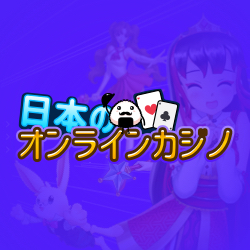Art of Fighting Anthology PS2 Review
Being that the games contained within are old and crusty and the chance that the games weren’t any good to start with, retro compendiums obviously aren’t always going to be successful. But of course there are those that have stood the test of time and are deserving of such a celebration.
Art of Fighting Anthology is a coming together of the entire trilogy of SNK’s cult fighting series. The games may not be as iconic or as deep as the companies own King of Fighters series, but they’re still perhaps more influential than many give them credit for.
Roster wise, the series introduced a handful of characters that were to become favourites in KOF such as Ryo Sakazaki, a character who seemingly models himself on Ken Masters of Street Fighter fame, and even uses some of his famous moves. Robert Garcia is his friend and rival (yeah, we’re thinking Ryu and Ken too), whilst Yuri is Ryo’s sister and a KOF regular and in AOF makes appearances in all three games, though is only playable in the second.
The original game not only introduced many facets that would be mainstays of the series, but also welcomed mechanics that would soon be implemented in many a 2D brawler.
A relatively unique feature, even to this day, is the inclusion of the “Rage Gauge”, a meter which begins to decrease when you fire off one of your Street Fighter-esque special moves, and as it does so you’ll notice that your moves will grow weaker, which grants an additional layer of strategy to skirmishes. Furthermore the taunt button isn’t just to show off, but will also drain your opponents spirit gauge. Visually the game with its giant character sprites and addition of bloody and bruised faces is also unique. Largely these features were set to be the foundation for the entire series.
Art of Fighting was one of the first fighting games to allow you to deliver masses of damage with super combos. In the original game, you’re only able to play as Ryo or Robert in the single player mode and will receive these sore inducing moves as you advance through the game by winning a Street Fighter style bonus round. The second game on the other hand allows you to play whichever character you desire in the mode, though super combos are obtained by much the same method, whereas in the third game, you have them available right from the off.
Art of Fighting 2 is nothing more than a refined version of the original game, which is no bad thing for fans of the series. The arcade mode was hard in the original and here it’s even harder, so much so that only the most adept of players will reach the end, whilst it’s poorly translated storyline (a problem of all three games, but considering the genre, it’s hardly a bad one) does little to drive players on.
Art of Fighting 3, whilst possessing all the previous mechanics is without doubt the black sheep of the trilogy. All the cast – with the exception of Ryo and Robert – were chucked and replaced with a new bunch and the gameplay was more combo driven. The visuals were a vast improvement over previous instalments and had a more cartoon-esque style that still manages to be pleasing to the eyes today, though no blood and bruises here somewhat regretfully.
Sadly, besides a rather novelty colour change option and a welcome graphical smoothing effect, Art of Fighting Anthology is short on any real extras. A history of the series and developer interviews would certainly have lended the package just that little bit extra gloss and insight for the less informed.
Art of Fighting is worth celebrating and this Anthology is a must for fans, whilst its bargain price also makes it a worthwhile purchase for even those who just fancy owning a cheap piece of gaming history.
8/10







